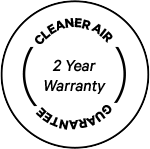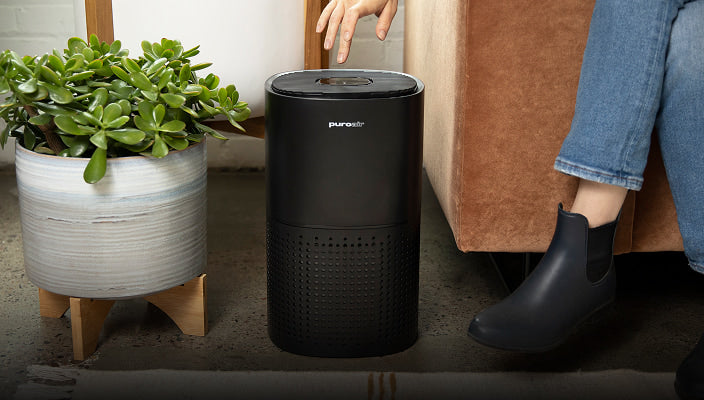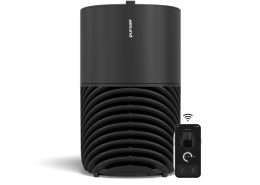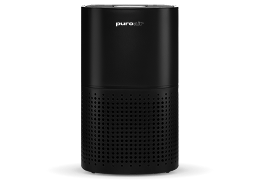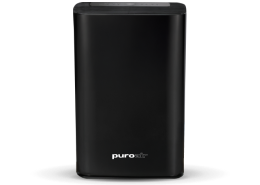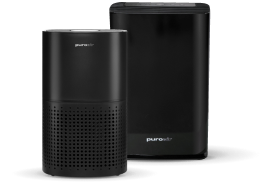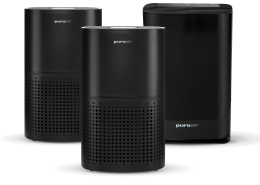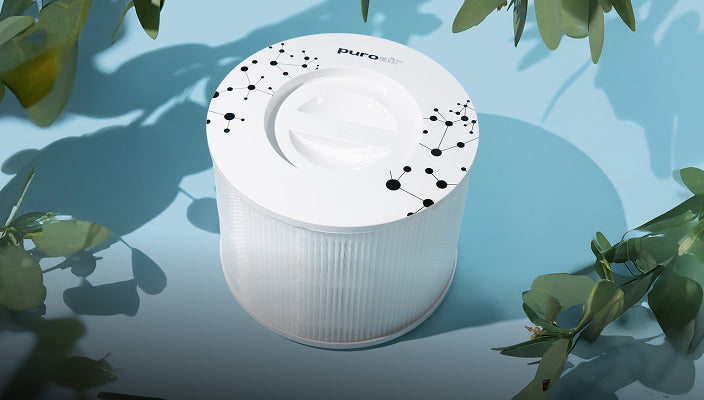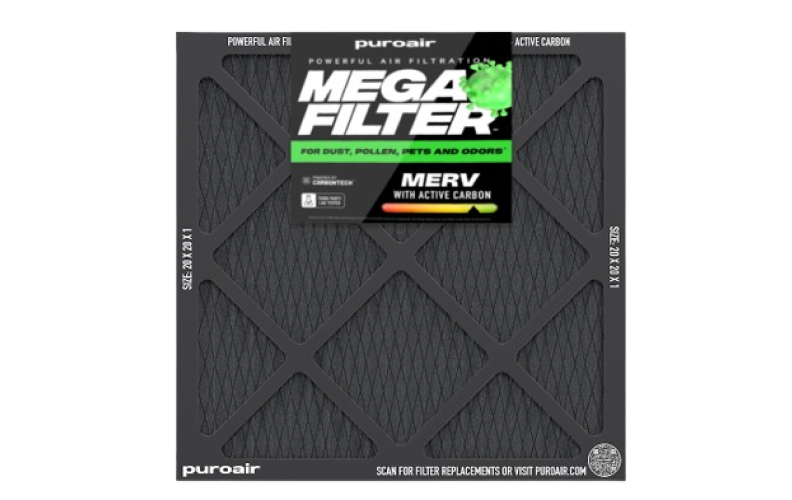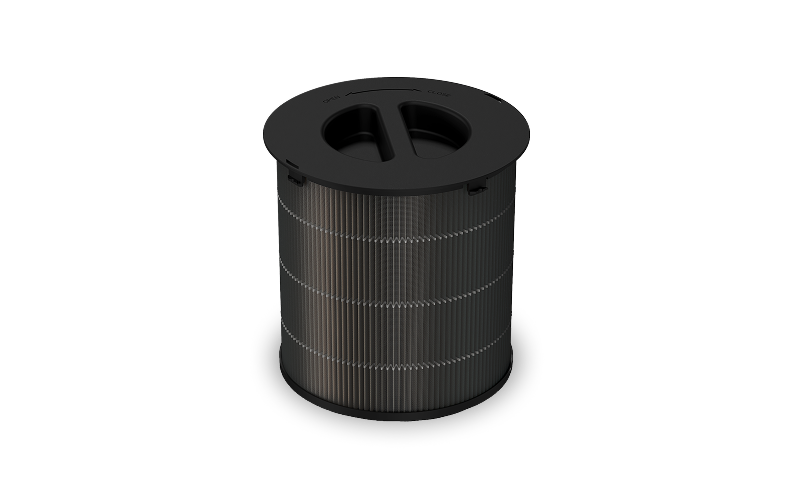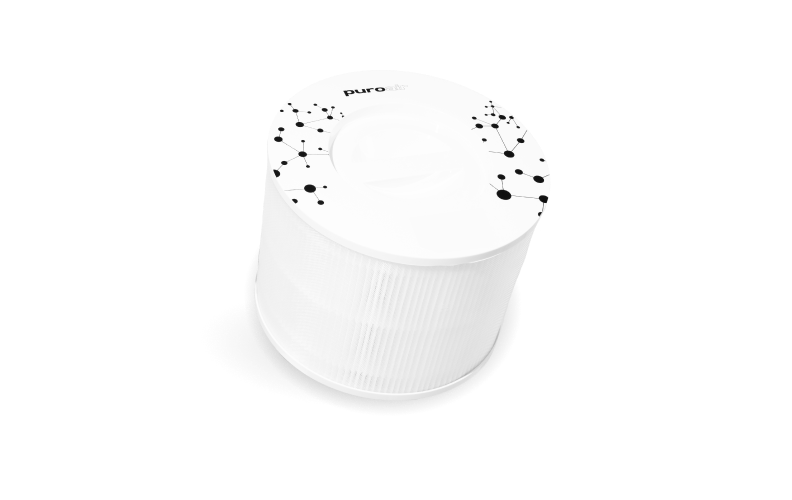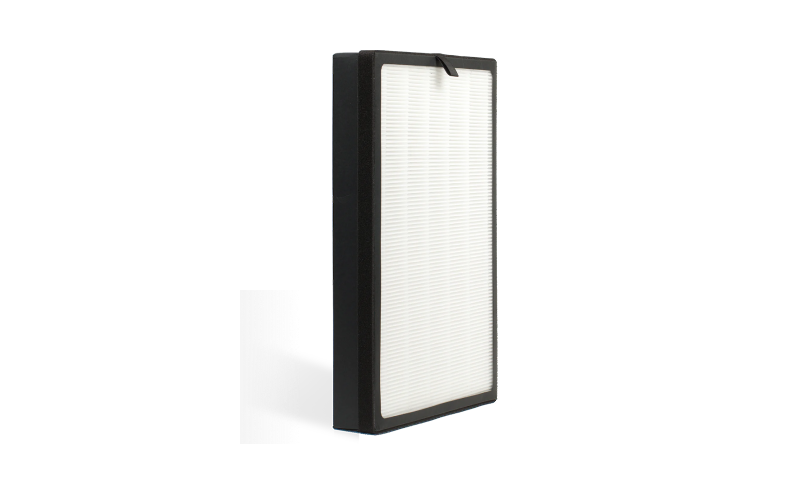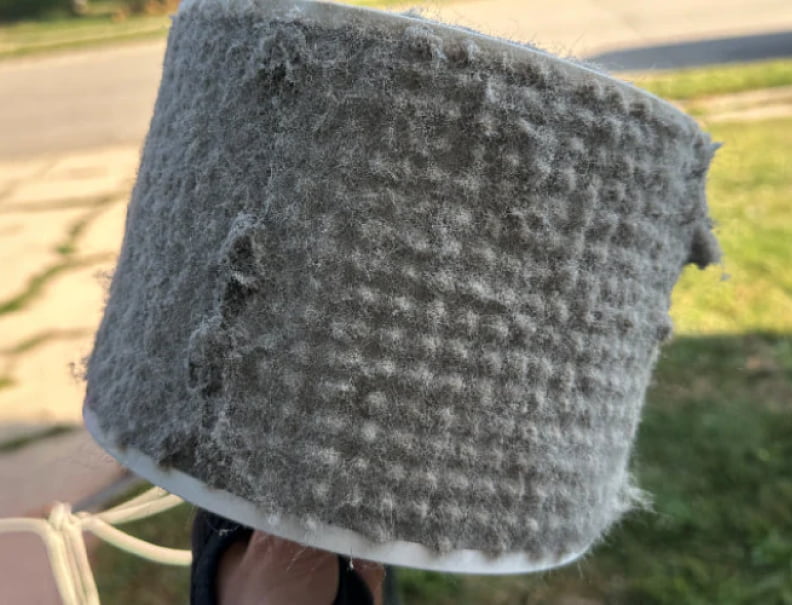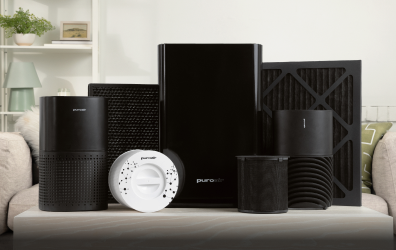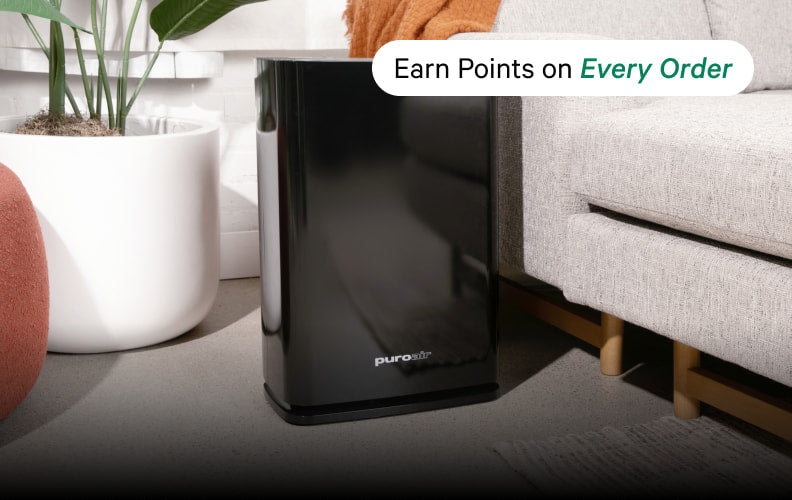Your cat is more than a pet—they’re a beloved member of the family. Whether they’re curled up on your pillow or racing across the living room floor, they bring joy and companionship every day. But if you’re a cat owner with allergies, you know there’s a less glamorous side to living with your feline friend—sneezing fits, watery eyes, and an itchy throat might be familiar companions, too.
What’s behind those allergy symptoms? Cat fur and dander, tiny particles of microscopic skin that cling to surfaces and float through the air. The good news? You don’t have to resign yourself to allergy misery. Enter the air purifier, a game-changing solution for cat owners who want to breathe easy while enjoying life with their four-legged companions.
If you’ve struggled to balance spending time with your cat with managing allergy symptoms, this post is for you. Read on to learn why allergens from cats can be so persistent, how air purifiers work to combat them, and why they might just be the best investment you make as a cat owner.
What Causes Cat Allergies?
Cat allergies are triggered by proteins found in a cat’s dander (tiny flakes of skin), saliva, and fur. Because dander particles are so small and lightweight, they don’t just settle on your couch cushions—they become airborne, lingering in the environment for hours. This means that even if your cat isn’t in the room with you, their microscopic presence stays behind, potentially triggering sensitive immune systems.
For individuals who are allergic, their immune system mistakenly identifies these harmless proteins as dangerous invaders. This sets off symptoms such as:
- Sneezing and runny nose
- Itchy, watery eyes
- Throat irritation
- Skin rashes
The severity of these symptoms varies from person to person. For some, it’s a mild inconvenience; for others, it can significantly disrupt daily life. Understanding what causes these allergies is the first step toward managing them effectively.
Is it Your Cat or Seasonal Allergies?
Allergy symptoms can feel similar whether they come from pet dander or seasonal pollen. However, there are distinct differences that can help you pinpoint the cause.
- Seasonal Allergies: Typically most severe during spring or fall, these are triggered by outdoor allergens like pollen. Symptoms often worsen after spending time outdoors.
- Cat Allergies: These symptoms tend to persist year-round and are worse inside your home, particularly in spaces where your cat spends the most time. If your symptoms improve when you're outside (the opposite of seasonal allergies), your feline companion may be the source.
By observing when and where your symptoms occur, you can begin to identify whether your allergies stem from nature or your furry friend.
Practical Tips for Managing Cat Allergies
Whether you’ve confirmed your cat as the allergy culprit or are still narrowing it down, there are proactive steps you can take to minimize discomfort.
1. Regular Cleaning is Key
Keeping your living space clean is essential, especially in areas where your cat likes to rest.
- Wash bedding, blankets, and other fabrics weekly.
- Vacuum carpets, rugs, and furniture regularly with a vacuum that includes a HEPA filter.
- Use lint rollers to remove fur from clothing and upholstery.
2. Groom Your Cat Often
Brushing your cat regularly can help reduce loose fur and dander. Opt for grooming sessions outdoors, if possible, to prevent allergens from circulating indoors. If grooming isn’t your cat’s favorite activity, consult a professional groomer for assistance.
3. Invest in Air Purifiers
One of the most effective ways to tackle airborne allergens4 is by using a high-quality air purifier. With Puroair's HEPA filters capable of filtering up to 99.9% of particles, air purifiers not only help with cat dander but also dust, pollen, and other irritants that lower indoor air quality.3
4. Use Allergy Medications or Nasal Sprays
For severe allergies, a combination of antihistamines and nasal sprays can make a huge difference. Even over-the-counter options provide relief by blocking the allergic reactions triggered by dander proteins.
The Role of Air Purifiers in a Cat Owner’s Home
Air purifiers are an absolute game-changer for pet owners, offering an easy, effective way to combat allergens at their source. 4 Here’s how they work and why they should be a staple in every cat owner’s home.
How They Work
In the case of PuroAir, air purifiers pull air through powerful HEPA filtration systems, filtering up to 99.9% of airborne particles. This means allergens like dander, fur, and dust are no longer circulating through your home. 3
Additional Benefits
- Tackles Odors: Cat owners know that litter boxes are notorious for filling a room with unpleasant smells. Air purifiers with activated carbon layers like PuroAir's filters also help reduce odors.1
- Improves Air Quality: Beyond allergens, air purifiers also filter VOCs and other chemicals and pollutants from the air, improving your home’s overall environment.5
Investing in a high-quality unit is a long-term solution that pays off in better breathing, less sneezing, and more enjoyable time spent with your cat.
A Breath of Fresh Air for You and Your Cat
There’s no denying it—being a cat lover comes with its quirks, but allergy symptoms don’t have to be one of them. With the right tools and strategies, you can create an environment where you and your feline companion can thrive together.
From regular cleaning routines to grooming and allergy medication, there are plenty of ways to minimize allergens. But if you want to truly transform your space, there’s no substitute for the power of an air purifier, like the new 130i Smart Air Purifier. For even more protection against allergens and airborne particles, we recommend upgrading your standard home air filter to a MERV 13 HVAC filter. This high efficiency AC filter in combination with the HEPA air purifier will create a clean air sanctuary in every room of your home. Say goodbye to runny noses and irritated eyes—because both you and your cat deserve to breathe easy.

